Japanese Hares
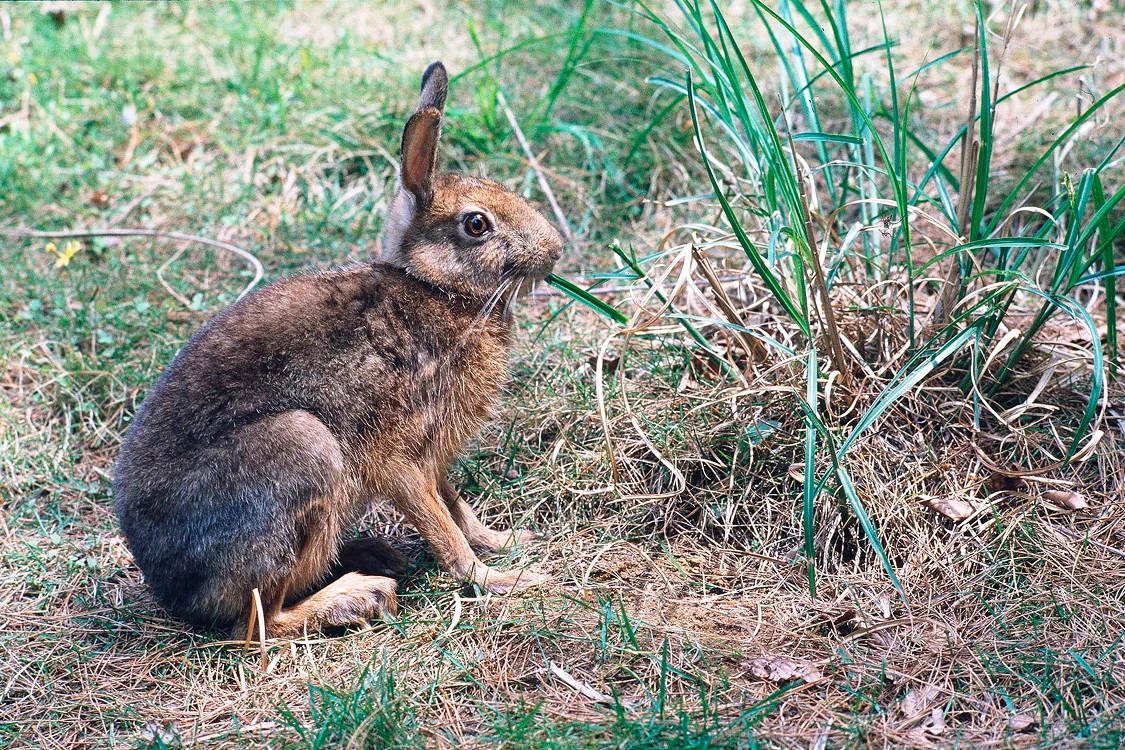
This page contains photos of animals.
Survival Strategy of the Weak
The Japanese hare is a wild rabbit found on Honshu, Shikoku, Kyushu, Sado, and the Oki Island areas in Japan.
Although its fur is brown, it turns white in winter in snowy regions (except in the Oki Islands, where snowfall is rare). It is nocturnal and often rests in thickets during the day, so sightings are scarce.
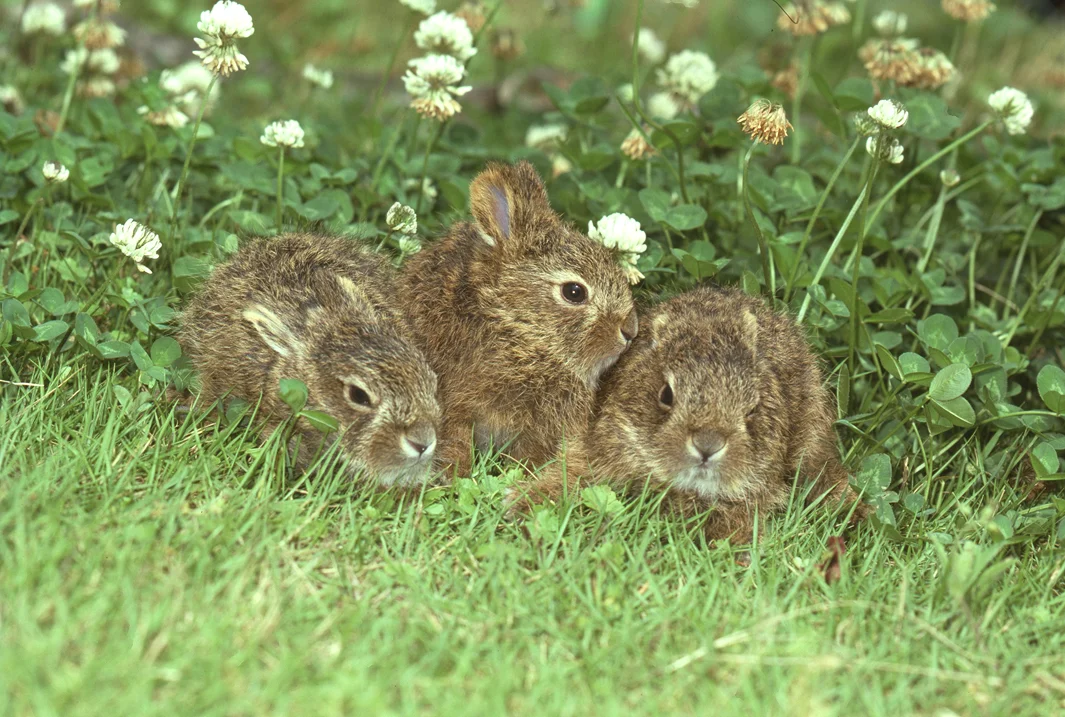
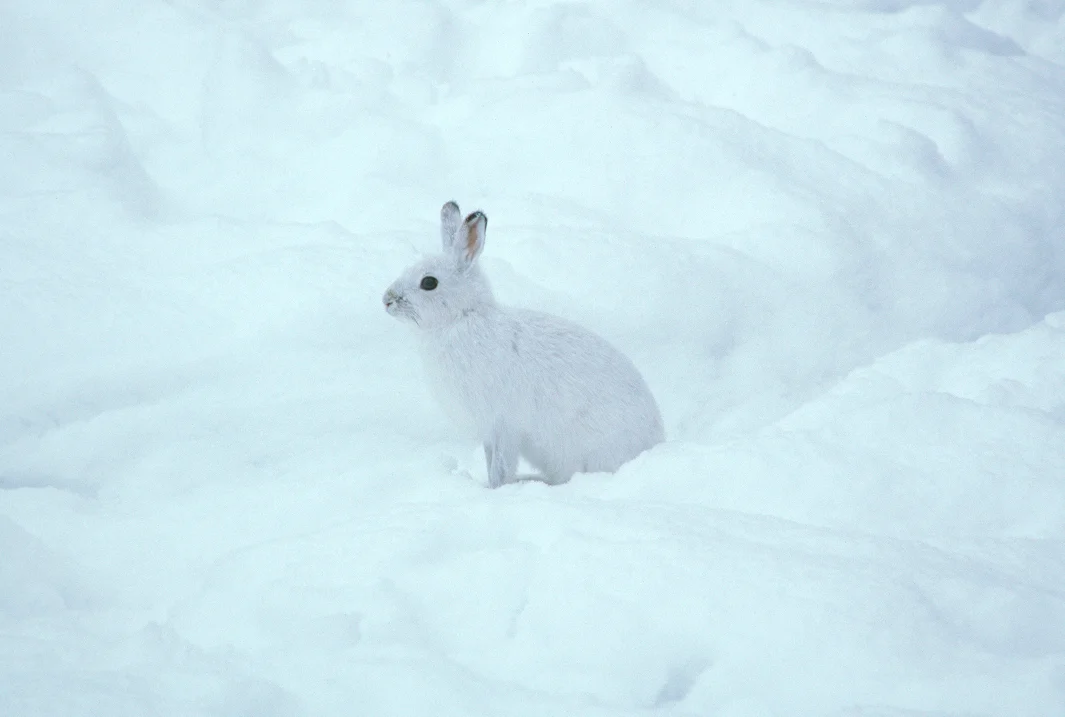
After a snowfall, however, you may be surprised at how many of their distinctive tracks you can spot.
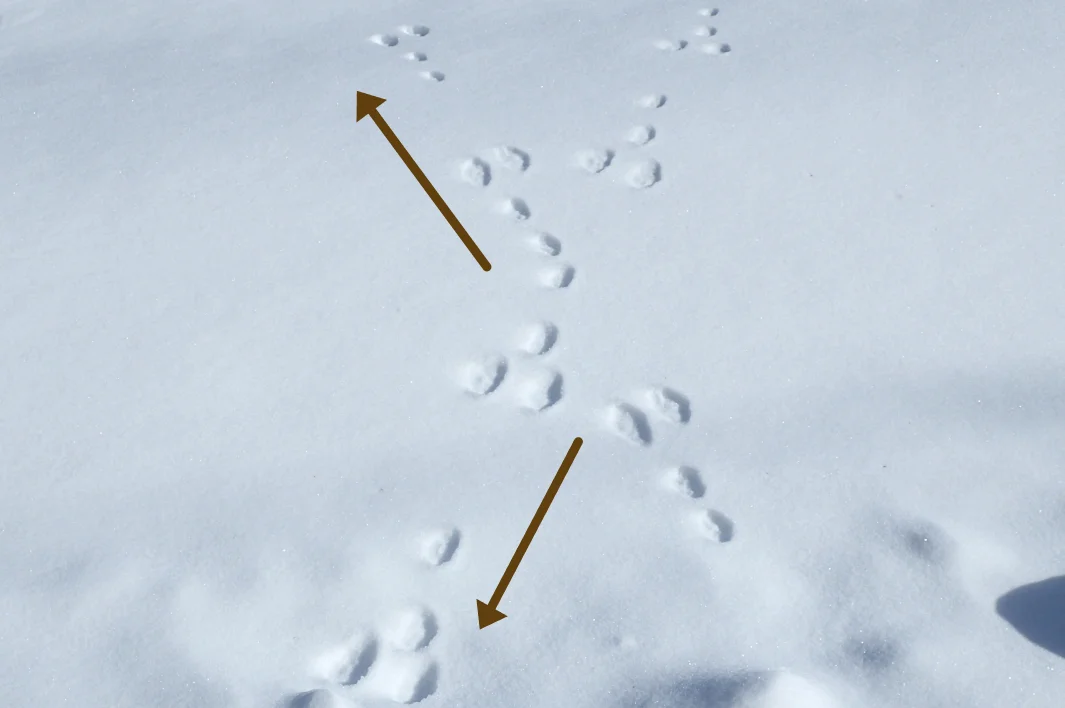
It feeds on grasses, tree buds, and saplings. If left unchecked, they can gnaw on and damage most of the saplings planted in reforestation efforts. That is why they are sometimes seen as nuisances in forestry.
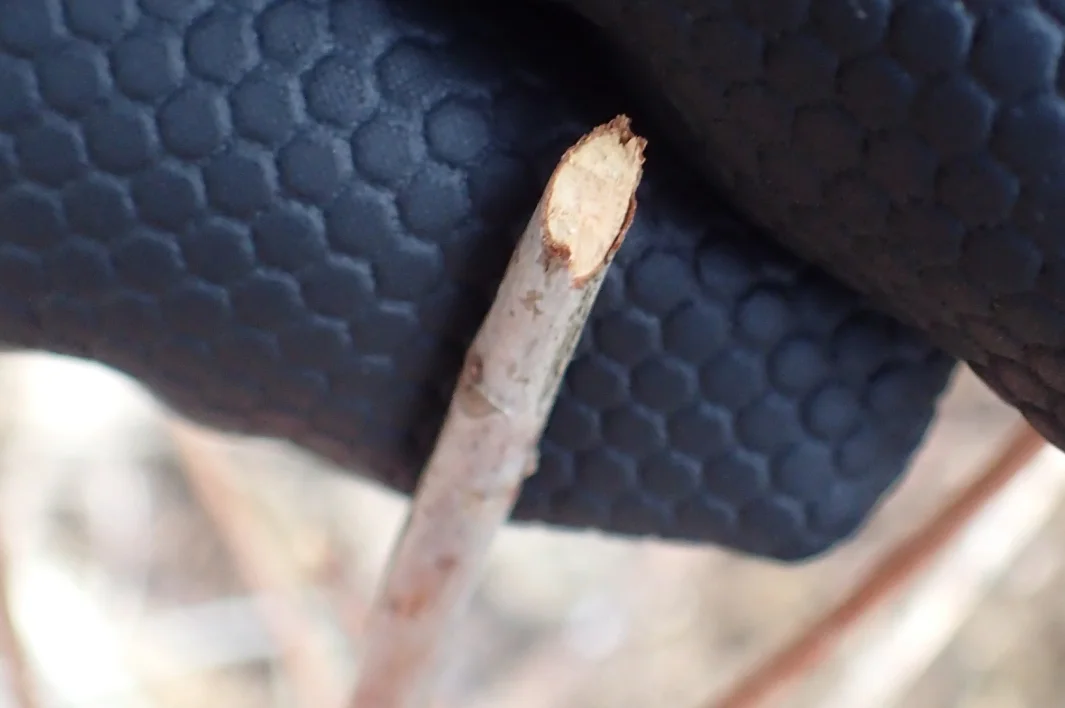
Unlike pet rabbits (European rabbits), Japanese hares don’t dig burrows. They rest in thickets during the day and roam within a few hundred meters at night.
They are solitary animals and don’t form pairs, not even during mating season. Females mate with multiple males, have a gestation period of around 45 days, and typically give birth to two young at a time. In warm regions, they can breed year-round, producing around 10 offspring annually.
The mother spends most of her time away from the young, only nursing them for a few minutes at a time. This is likely to avoid attracting predators.
Baby rabbits are born with their eyes open and can eat the same food as adults within just one week. They become independent in about one month, and can begin reproducing themselves in just 10 months, which is an impressively fast growth cycle.
Are Deer Their Worst Enemy?
Predators of the Japanese hare include foxes, martens, weasels, as well as raptors like Mountain Hawk-Eagles, Golden Eagles, and Black Kites. Since Japanese hares lack any natural defense mechanisms, they rely on their long ears to stay alert to danger and flee quickly at the first sign of a threat. The Japanese expression “as fast as a fleeing hare” comes from their remarkable speed, as they can reach speeds of up to 80 kilometers per hour. Hare track patterns often show sudden turns or sideways leaps, demonstrating that they are able to take evasive maneuvers. Even with their constant vigilance, many still fall prey to predators. As a result, their lifespan is short—typically one or two years, with a maximum of about four years. To offset heavy predation and ensure survival of the species, their ability to breed year-round and quickly raise independent offspring is a key strategy.
However, a new and unexpected threat has emerged. In recent years, the exploding deer population across Japan has become the biggest danger to Japanese hares.
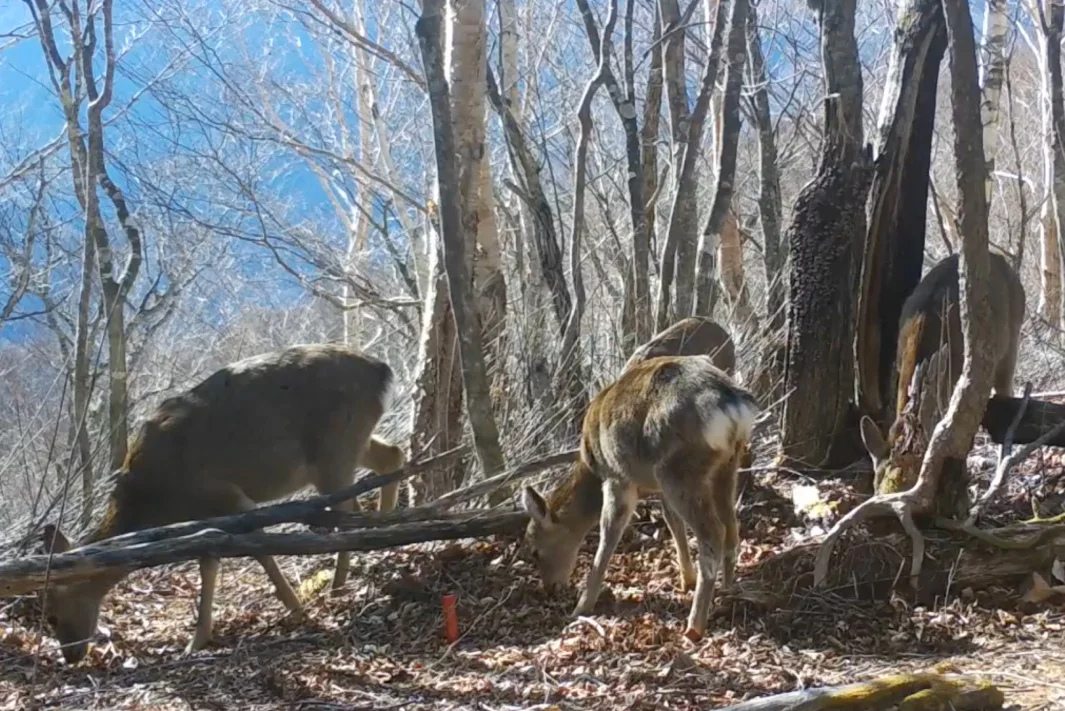
(image from the “New Discoveries” page)
In forests with growing deer populations, the plants favored by Japanese hares are the first to be eaten. While predators can be avoided by fleeing, Japanese hares have no way to survive if all their food is gone. In fact, even in Suntory’s Natural Water Sanctuaries, it is becoming harder and harder to find signs of Japanese hares.
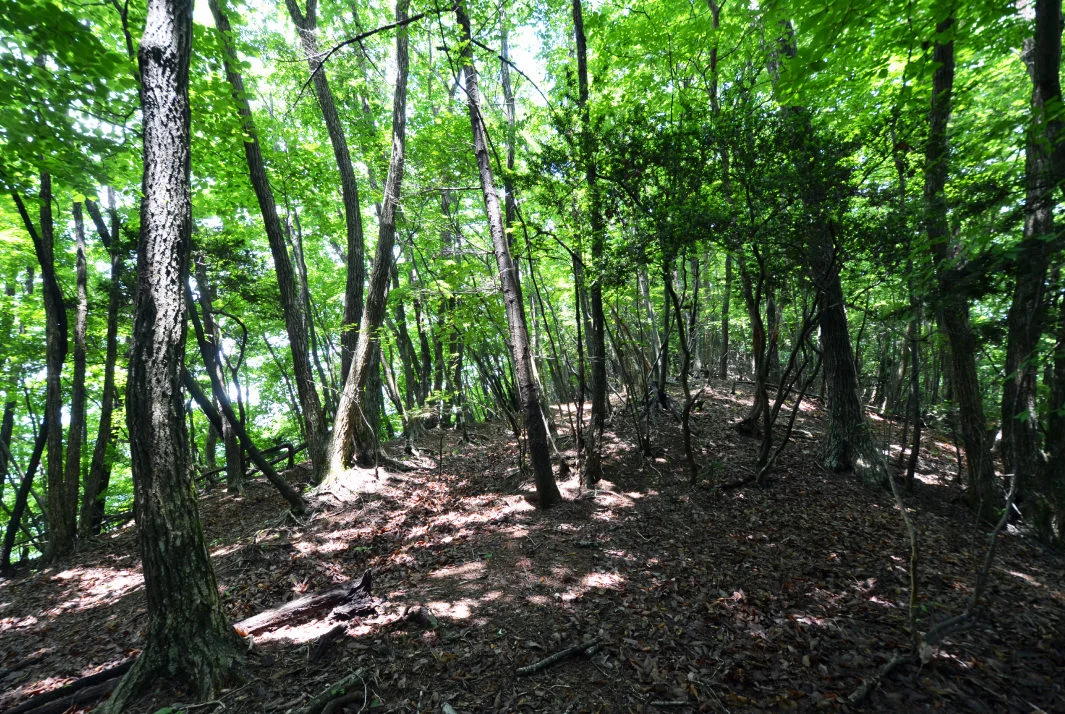
To address this, some Natural Water Sanctuaries have modified the lower mesh of their deer fences to allow smaller animals like Japanese hares to move freely in and out. When Natural Water Sanctuary staff find Japanese hare droppings inside the fences, they feel relieved—knowing these animals are still managing to survive.
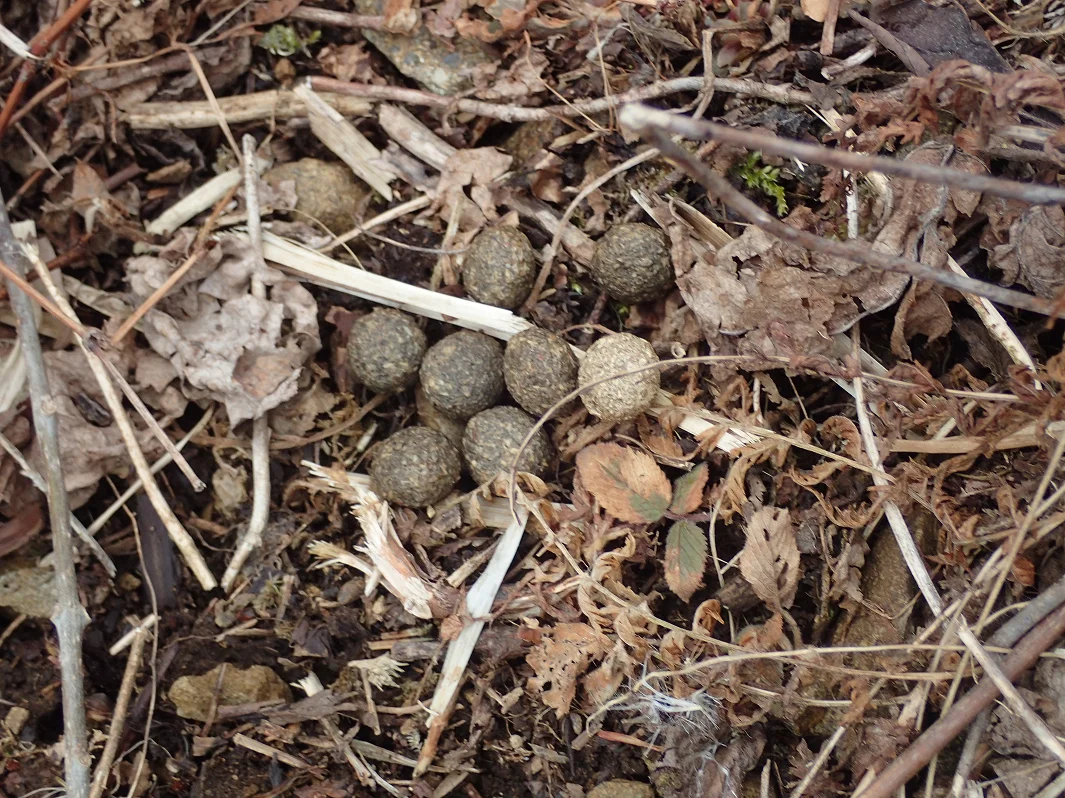
Natural Water Sanctuaries are Home to Many Other Living Things
Learn about some of the birds, mammals, insects, and living things that enrich the soil thriving in our sanctuaries.
Learn about the living things in the Natural Water Sanctuaries
 Home
Home Initiative Policy and Structure
Initiative Policy and Structure Living Things in the Natural Water Sanctuaries
Living Things in the Natural Water Sanctuaries Dedication to Water
Dedication to Water Natural Water Sanctuaries
Natural Water Sanctuaries  Natural Water
Natural Water  Initiative History
Initiative History